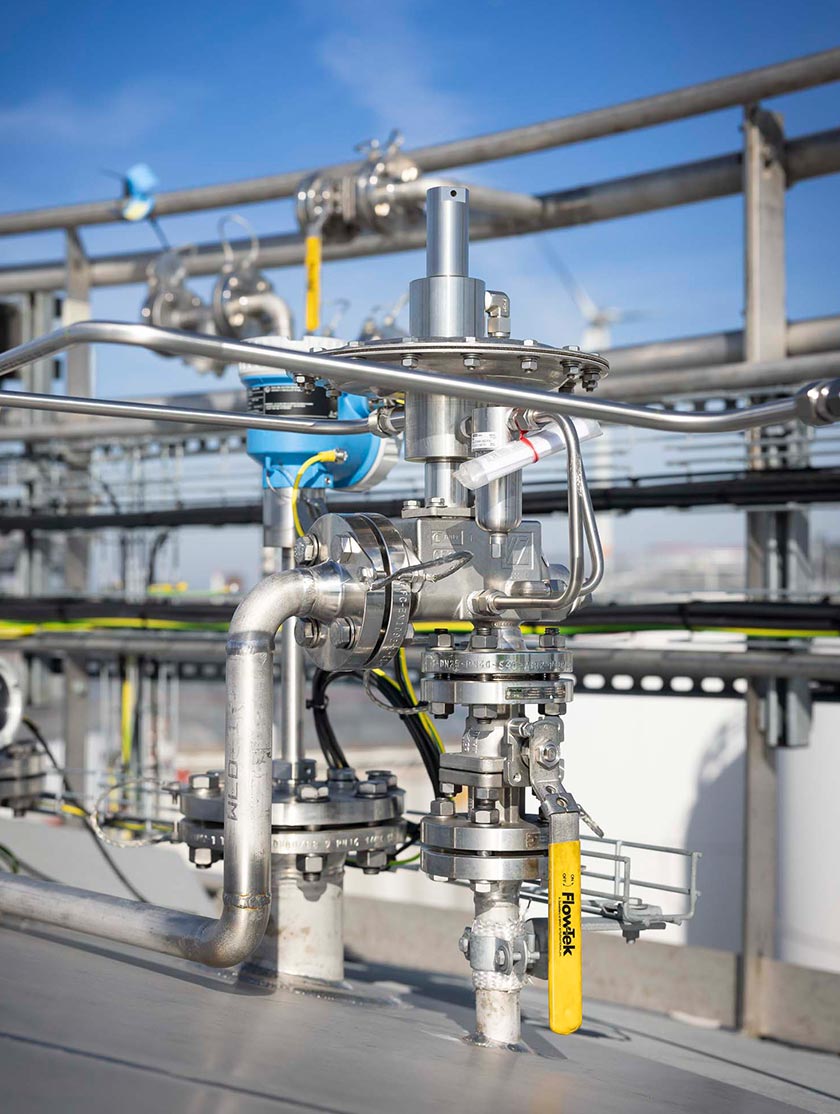Common Causes and Prevention of Pressure Reducing Regulator Failures
Pressure reducing regulators (also referred to as pressure regulators) play a critical role in regulating and maintaining the desired downstream pressure in a wide variety of industrial, commercial, and residential applications. They contribute to system safety, protect equipment, and optimize performance by reducing higher inlet pressure to a lower, more stable outlet pressure. However, despite their robust design and widespread use, pressure reducing regulators can fail if they are not properly maintained or selected. Understanding the most common causes of failure and strategies to prevent them is critical for maximizing regulator life and system reliability.Common Causes of Pressure Reducing Regulator Failure
1. Contaminant and Foreign Material Ingress
One of the most common causes of pressure reducing regulator failure is the presence of dirt, rust particles, or other foreign material inside. Contaminants can clog the valve seat or damage the diaphragm, leading to erratic pressure regulation or total failure.
2. Wear of Internal Components
Over time, moving parts such as the diaphragm, valve seat, spring, and seals can wear due to mechanical stress, pressure fluctuations, or contact with aggressive media. This wear leads to leaks, uneven pressure delivery, and ultimately, regulator malfunction.
3. Corrosion and Chemical Attack
Pressure reducing regulators exposed to corrosive gases or liquids can suffer material damage. Corrosion can weaken critical components, cause seal failure, and lead to leaks or ruptures.
4. Incorrect Sizing and Selection
Using a pressure reducing regulator that is too small or too large for the intended flow and pressure range can cause problems such as hunting, the inability to maintain stable pressure, or excessive wear. Incorrect material compatibility can also accelerate failure.
5. Excessive Inlet Pressure or Pressure Spikes
Operating the regulator above its maximum allowable inlet pressure or subjecting it to sudden pressure spikes can damage the internal mechanism, deform the diaphragm, or cause the valve to stick.
6. Incorrect Installation Practices
Improper installation, such as incorrect flow direction, poor alignment, or a lack of proper support, can increase mechanical stress on the regulator and lead to premature failure.
7. Lack of Routine Maintenance
If regular inspection, cleaning, and component replacement are neglected, minor problems such as dirt buildup or diaphragm weakening can develop into major failures.
How Can Pressure Reducing Regulator Failures Be Prevented?
- Install Proper Filters and Strainers
Installing strainers or filters upstream of the pressure reducing regulator prevents dirt and particles from entering the regulator body and causing contamination. - Select the Right Regulator for the Application
Ensure the pressure reducing regulator is correctly sized for the required flow and pressure range. Select materials compatible with the media (corrosive, abrasive) and ambient conditions. - Follow the Manufacturer's Guidelines and Pressure Ratings
Always operate the regulator within the specified inlet and outlet pressure limits. Use pressure relief or surge suppression devices to mitigate sudden pressure spikes. - Implement Correct Installation Practices
Follow the manufacturer's instructions regarding flow direction, orientation, and mounting procedures. Provide adequate support to avoid mechanical stress on the regulator. - Periodic Inspection and Preventive Maintenance
Schedule regular inspections to check diaphragms, seals, springs, and valve seats. Clean internal parts as needed and replace worn components before they cause regulator failure. - Use Quality Replacement Parts
Maintain regulator performance by using only OEM or manufacturer-approved replacement parts during maintenance or repair. - Monitor Operating Conditions
Use gauges or sensors upstream and downstream of the regulator to detect any unusual pressure fluctuations that could indicate impending problems.
Conclusion
Pressure reducing regulators are essential for maintaining safe and efficient pressure levels in various systems. Failures are primarily caused by contamination, wear, corrosion, improper selection, and improper maintenance. Proper filtration, selection of appropriate regulators, adherence to installation protocols, and regular maintenance can significantly reduce failures. These preventative measures not only extend the life of pressure reducing regulators but also improve the overall reliability and safety of the system.
Need the Right Pressure Reducing Regulator? Get Expert Help Selecting the Ideal Regulator Engineered for Performance |
Cashco’s pressure reducing regulators are designed for precise pressure control across a wide range of industrial applications—delivering reliability, safety, and efficiency. For more information about Cashco's regulators, view all models here .
Cashco's priority is to make sure you select the right product for your application. Need help sizing your regulator? Complete our Regulator Sizing Form and our experienced team will gladly assist you in finding the ideal product!
Animated Guide: Pressure Reducing Regulator Function |
Discover the workings of a pressure reducing regulator in our animation video. Using the force-balance principle, this device reduces and maintains downstream pressure in a pipeline. Watch as we demonstrate how the regulator’s diaphragm and valve assembly create resistance to reduce upstream pressure. Learn how downstream flow demands impact the regulator, causing it to adjust and maintain a constant pressure.





